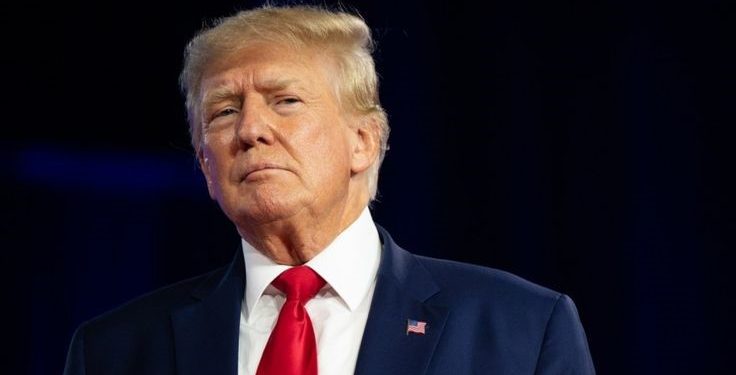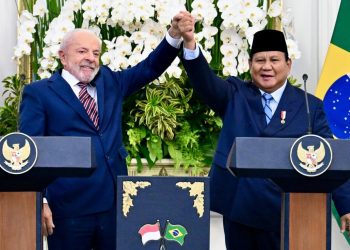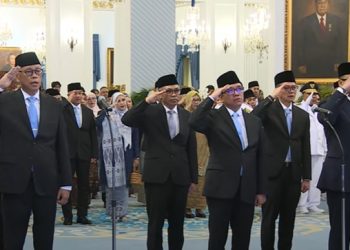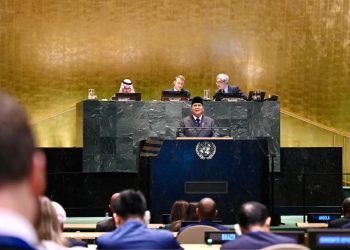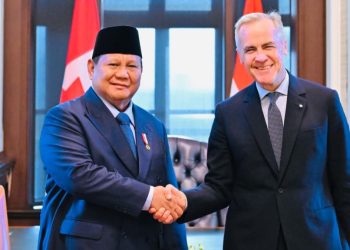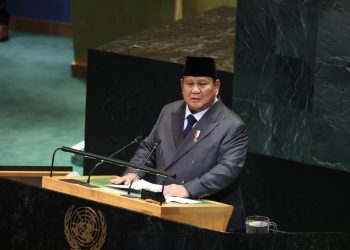Jakarta, Indonesia Sentinel — President Donald Trump has officially implemented long-planned tariffs hikes on imports from Canada, Mexico, and China, marking a significant escalation in trade policy.
According to CNBC International, Trump signed an executive order on Saturday, February 1, 2025, imposing a 25% tariff on imports from Mexico and Canada, along with a 10% duty on Chinese products. Additionally, energy resources from Canada will be subjected to a 10% tariff. The total trade volume between the U.S. and these three nations amounts to approximately $1.6 trillion annually.
Trump has framed the tariff as a strategic tool for negotiating foreign policy changes, particularly concerning immigration and drug trafficking.
“We’re heading into the Super Bowl, and strangely enough, the number of people entering [New Orleans’] Superdome is almost identical to the number of Americans who die each year from fentanyl—most of which comes from China and Mexico,” White House trade adviser Peter Navarro states, as reported by CNBC on Friday, January 31. “That’s why we’re having these discussions.”
Trump Tariffs
The tariffs are scheduled to take effect on Tuesday, February 4, 2025. Tariffs, which are taxes on foreign goods, are paid by U.S. importers and often result in higher prices for domestic consumers. Economists generally oppose such measures, arguing that they contribute to inflation and hinder economic growth.
Despite the concerns, Trump has long championed tariffs as a means of securing better trade deals and protecting domestic industries from foreign competition. He has also emphasized their role in generating revenue for the U.S. government.
On Friday, Trump described the decision to impose tariffs on Canada, Mexico, and China as “purely economic.” However, economists warn that the move could reignite inflation at a time when price pressures have shown signs of easing.
There is no clear metric for when or how the tariffs might be lifted. However, the executive order includes a retaliation clause stating, “If any country chooses to respond with countermeasures, this will serve as a signal for further action, potentially leading to additional tariff increases.”
Read Also:
Prabowo Administration Cuts 2025 Budget Across Ministry and Agencies
The U.S. Commerce Department reported on Friday that the Federal Reserve’s closely monitored inflation gauge rose to 2.6% in December. While some details in the report were more optimistic, Fed officials have stated they will closely monitor the impact of fiscal policies on inflation.
Trump has also pledged to introduce new or additional tariffs on various other foreign goods, including microchips, oil and gas, steel, aluminum, copper, and pharmaceuticals—encompassing all forms of medicine.”
Beyond China, Canada, and Mexico, Trump has signaled his intent to impose import tariffs on the European Union, further intensifying global trade tensions.
(Raidi/Agung)


